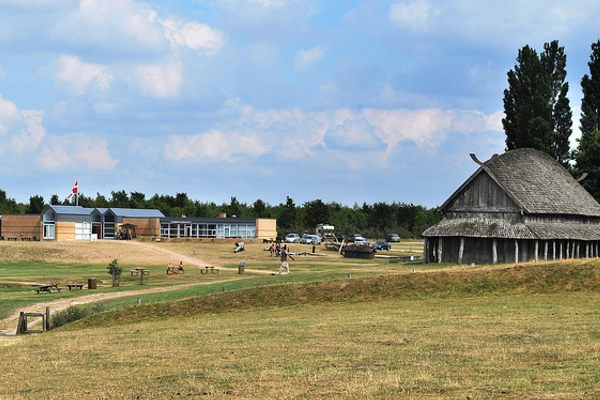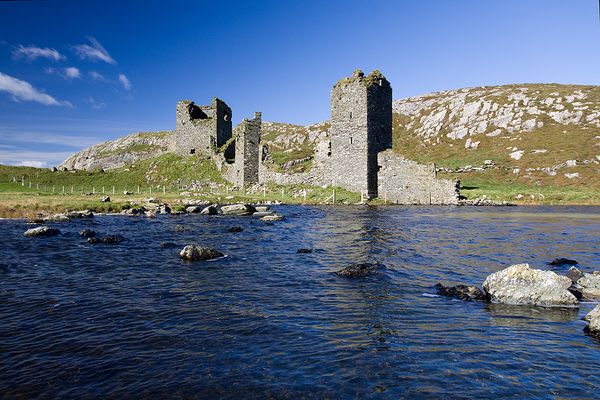Dragsholm Castle
Considered one of the most haunted places in Europe, this 800-year-old castle was home to noble prisoners.
Dragsholm Castle was built around 1215 by the Bishop of Roskilde. Located in the north of Zealand, it was originally built as a palace but was later fortified. It was the only castle on Zealand not to be taken during the Count’s Feud, a war of succession that raged across Denmark from 1534 to 1536.
After the Count’s Feud and the ensuing Reformation in Denmark, the crown took control of Dragsholm Castle. For more than a century, Dragsholm was used as a prison for noble and ecclesiastical prisoners. Depending on the severity of their crimes, these prisoners were kept in conditions ranging from reasonable comfort to abject misery.
The most famous prisoner to be held in its walls was James Hepburn, the fourth Earl of Bothwell. Lord Bothwell was a man with a certain charm and a talent for finding trouble. By his mid-30s he had racked up a string of scandals including multiple marriages, adultery, divorce, and bankruptcy. Most notably, he was the third and final husband of Mary, Queen of Scots. It was also widely believed that Bothwell had murdered Mary’s previous husband, Lord Darnley. This caused a rift in the country that came to a head at the Battle of Carberry Hill.
Bothwell lost the battle and promptly fled to Denmark, where he was detained and eventually imprisoned in Dragsholm. By all accounts, he was kept in truly awful conditions: For the last 10 years of his life, he was chained to a pillar half his own height, unable to stand upright. The pillar can still be seen at Dragsholm, surrounded by a circular groove dug in the floor by the enchained Lord Bothwell’s shuffling. Bothwell died in the castle in 1578.
During the Dano-Swedish War of 1658–1660, the Swedish king Charles X Gustav tried to blow up Dragsholm Castle. While not entirely destroyed, the castle was badly damaged and lay in ruins for a number of years. The king later gave the castle to a nobleman and grocer named Heinrich Müller, and in 1694 it was sold to the nobleman Frederik Christian Adeler. These two men restored the castle in the Baroque style of their time, creating the castle that we see today (at least on the exterior; the interior has been modernized to some degree).
Today, Dragsholm Castle is a tourist attraction, and home to a hotel and restaurant. But the past still clings to it—especially if you believe in ghosts. Many paranormal enthusiasts consider the castle one of the most haunted places in Europe, and it is supposedly home to around 100 different ghosts.
Phantasmal residents are said to include a woman in white, believed to be the ghost of Celina Bolves, who was allegedly sealed inside the walls by her father as punishment for a dalliance with a common laborer. The Grey Lady, meanwhile, is a friendly ghost who in life was done a great favor (what that favor was varies depending on the source) and now wanders Dragsholm as a happy spirit.
Then, of course, there’s the ghost of Lord Bothwell, which has been spotted multiple times. Most famously, witnesses claim to have seen Bothwell riding through the castle courtyard with full horse and carriage, perhaps still trying to escape from the decade-long torment he suffered at Dragsholm Castle.
Know Before You Go
Dragsholm Castle is located at Dragsholm Allé 1, 4534 Hørve, in Zealand, Denmark, about 50 miles west of Copenhagen. The castle is now a Relais & Châteaux hotel with two restaurants. If you can’t stay overnight, you can reserve a table at one of the restaurants and maybe you’ll see a ghost or two over lunch (table reservations are required).


















Follow us on Twitter to get the latest on the world's hidden wonders.
Like us on Facebook to get the latest on the world's hidden wonders.
Follow us on Twitter Like us on Facebook